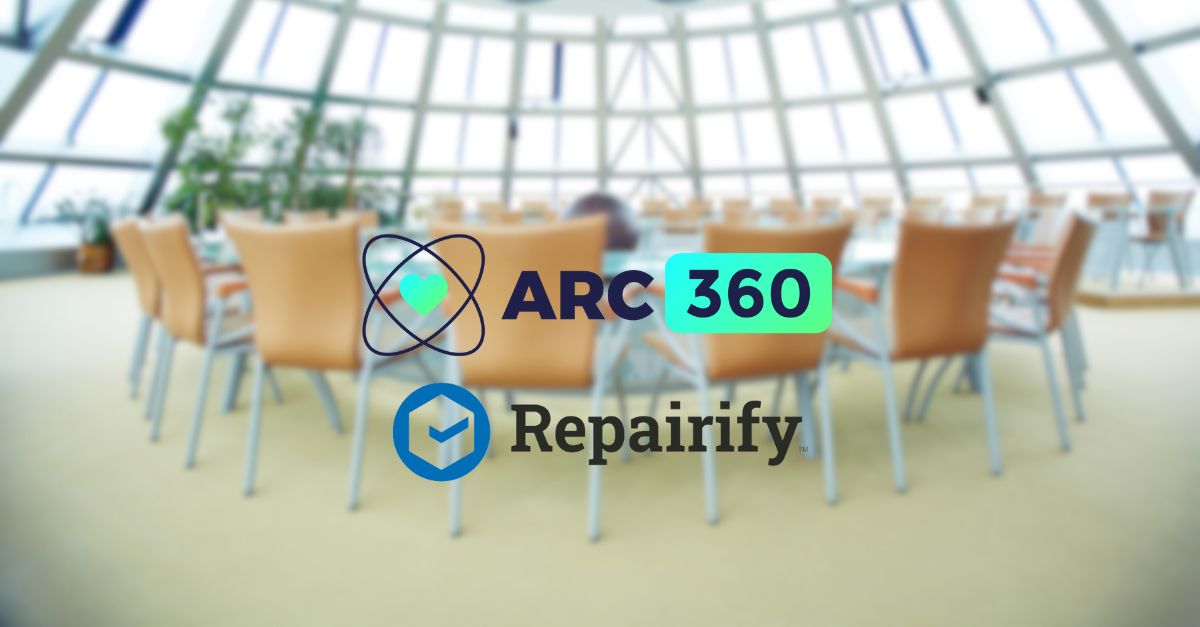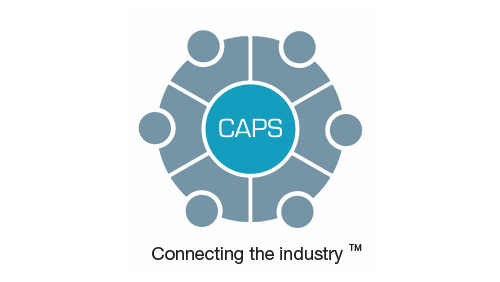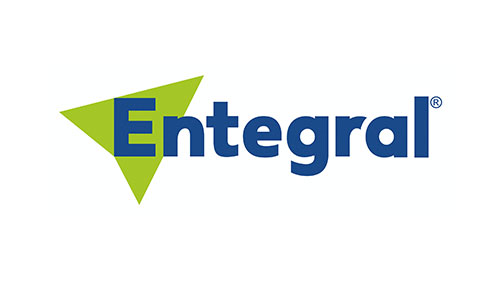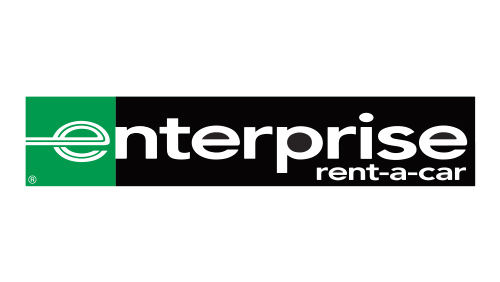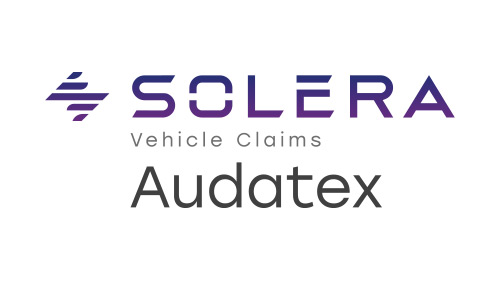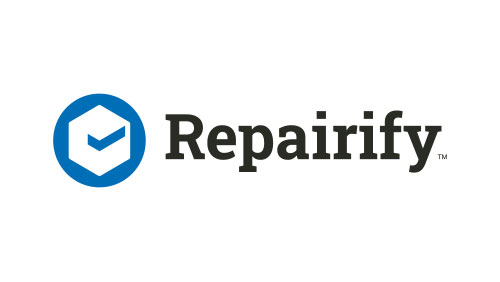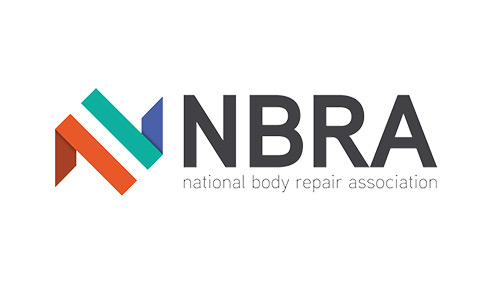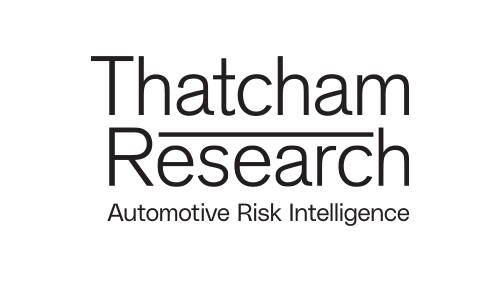ARC360 partnered with Repairify recently to host a roundtable event, focused on the growing influence and subsequent challenges and opportunities around advanced driver-assistance systems (ADAS).
Repairify, a US-based company now operating in more than 20 European countries, completes upwards of 16 million diagnostics annually, delivering advanced vehicle diagnostic and calibration technologies and support to help shops around the world service more vehicles, more efficiently, and with higher safety standards.
The roundtable saw experts from all corners of the sector meet at The Midland Grand Dining Room, London to consider the impact ADAS is having on the industry, both from a repairer and insurance perspective.
Taking part in the conversation were:
- Tajinder Dhanoya, Motor Repair Specialist, DLG
- Dean Lander, Head of Repair Sector, Thatcham Research
- Chris Payne, Head of Networks & Engineering, LV Insurance
- Nick Rossiter, Technical Claims Manager, Allianz
- Martyn Rowley, Executive Director of NBRA/NVRA
- Dave Snudden, Engineering Consultant, Ageas
- Daisy Thomas, Claims Supply Chain Manager, Sabre Insurance
Representing Repairify were:
- Gareth Newbery, Head of Sales, Repairify
- Philip Slater, International Sales Manager, Repairify
- Paul Cunningham, Head of Operations, Repairify,
Phil Pearce, Managing Director (SVP) International, Repairify, joined the event remotely from the US.
What is ADAS?
The first question is understanding exactly what ADAS is. To some degree, ADAS has been in vehicles since before 2008. Volumes have increased substantially since then, however, it is not always clear exactly what ADAS includes.
In simple terms, ADAS includes any and all collision avoidance technologies, or any function where the vehicle takes direct action to assist the driver.
Perhaps the biggest challenge now within the aftermarket is knowing what systems are included in what models, if they have been calibrated correctly following a repair, and, if not, whether those systems are providing correct information to the driver or vehicle.
This issue is exacerbated because vehicle manufacturers can be ‘poor’ at sharing information with the aftermarket. With little information filtering downwards, its seldom obvious what systems are featured – let alone which are active at any one time. This can therefore immediately cause challenges around job triage and repair pricing.
The scale of this problem can’t be overstated: according to Repairify about 75% of vehicles that go in for a repair will require some form of ADAS recalibration today.
Background
The Insurance Industry Requirements (IRR) was officially introduced in 2021 by Thatcham Research and motor insurers to ensure ADAS repairs were consistently carried out according to manufacturer specifications.
At the same time, a review of the vehicle repair standard BS10125 was initiated with the updated version introduced in November 2022 to incorporate all the core requirements of IRR.
Back in 2021 the NBRA also issued its document: Repair Industry Requirements in response to the IIR and with a view to outline industry-accepted retail rates for ADAS repairs.
Subsequently, the latest BS10125:2022 Standard is now the ‘go to’ resource for vehicle management whilst industry-wide ADAS repair rates continue to be an area of ‘discussion’.
Challenges
There is no doubt that while ADAS improves road safety and brings with it considerable benefits to the road user, it can also introduce significant challenges for the claims sector and repairers.
The differentiation between diagnostics and calibration being a fundamental starting point – the former supporting the latter but the two being clearly defined and separate tasks within the repair management process.
Chief among them though is investment. No single diagnostics solution is suitable for all models, meaning bodyshops may have to invest in more than one system to handle all their jobs.
Another issue is a lack of data. One train of thought centres on introducing a vehicle’s history of ADAS calibrations as part of the annual MOT – although introducing such could prove highly cost-prohibitive. Even if this were to be the case, the fundamental question for insurers of knowing whether a certain system was active (either at manufacturer level or driver level) at the time of collision remains.
That data would be ‘seriously valuable’ in terms of assessing liability, but it too may infringe on data protection regulations with the as-yet unanswered question being: who owns that data?
Claims
One indirect, longer-term benefit of ADAS could be a closer working relationship between insurers and bodyshops.
Without a comprehensive knowledge of what systems are included in each model, insurers can find themselves underwriting vehicles based on limited data. When that vehicle is then involved in a collision and the repairer feeds back information, it is often ‘too late’ as the pricing has been set.
However, by developing closer ties and a freer exchange of data, feedback from repairers can help inform future underwriting.
Some insurers have already initiated this synergy within their own networks to ensure data is shared both ways, improving efficiencies in repair and creating more accurate pricing and payouts.
Cost
There is little doubt that a lack of ADAS awareness and expertise within the industry is adding cost to the repair and, consequently, the claim.
For one thing, as mentioned, many bodyshops either cannot afford to invest in the equipment or do not have the space in their workshop to carry out calibrations – some systems of which require nine metres of clear space around the vehicle to provide accurate results.
As a result, many bodyshops outsource ADAS repairs to sub-contractors. In instances this can introduce additional time and cost into the process, whilst at the same time leaving bodyshops exposed to over-charging; it was suggested that some sub-contractors, either knowingly or otherwise, will carry out and charge for calibrations that might not need doing.
These expenses are either borne by the bodyshop or billed to the insurer, who has little choice but to pass them on again to the policyholder in increased premiums.
Future
There is a chance that in the future regulation introduced around autonomous vehicles could also incorporate ADAS systems.
This could have a major impact on where vehicles with ADAS technologies are repaired, liability in the event of a collision, and the relationship between vehicle manufacturers, insurers and repairers.
Ultimately though, safety has to be the number one concern and placing the onus on any single entity is unlikely to provide a lasting and viable solution.

